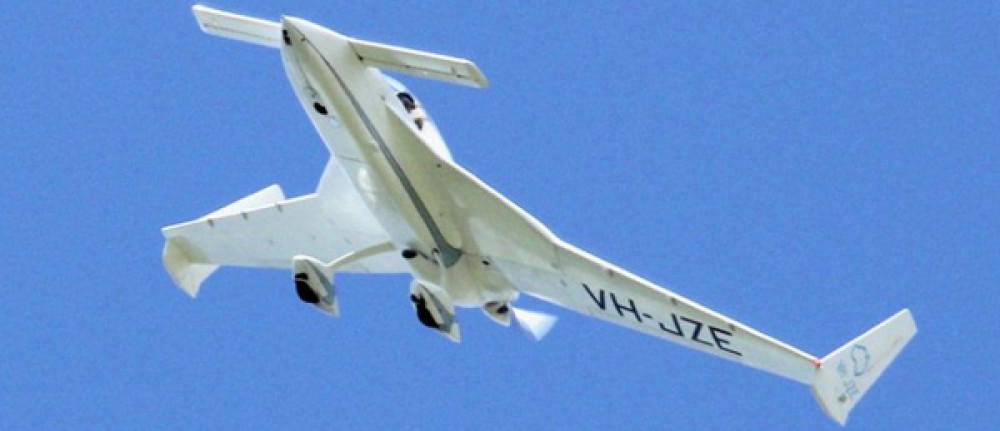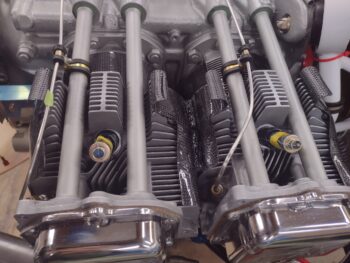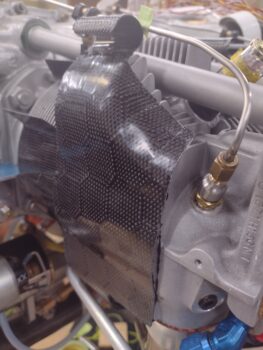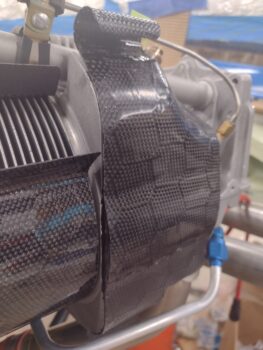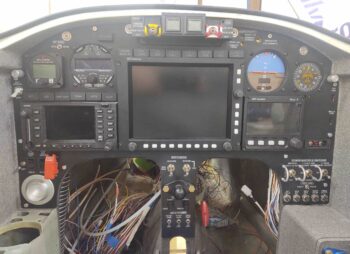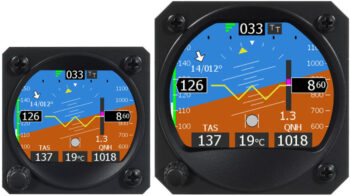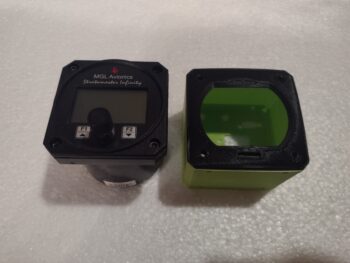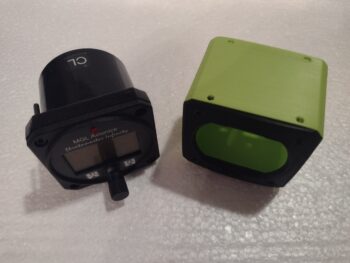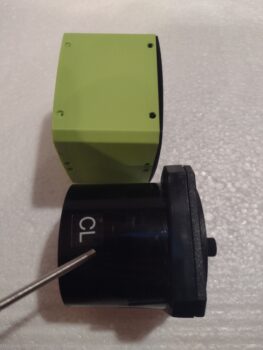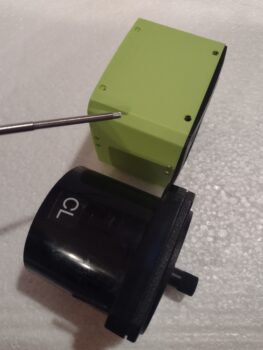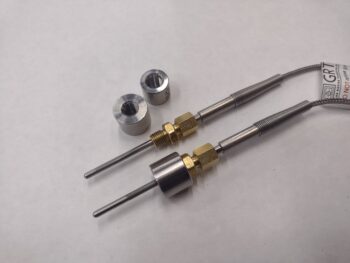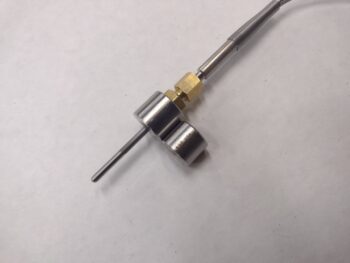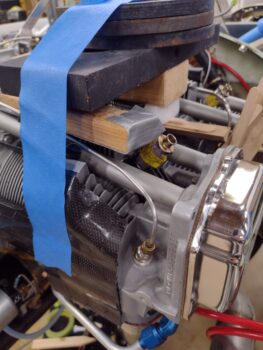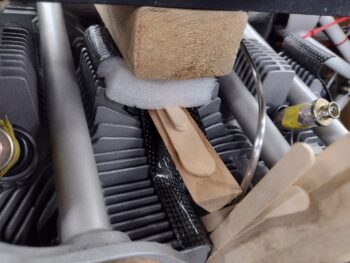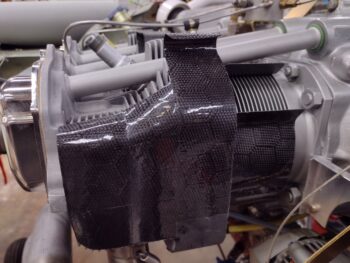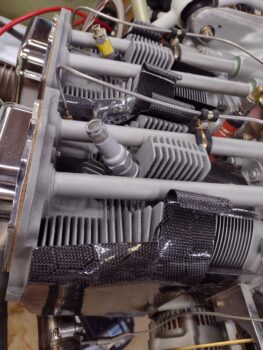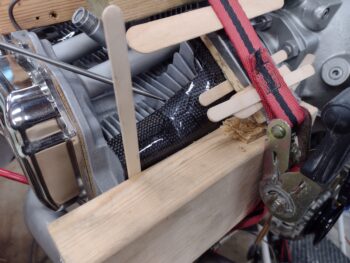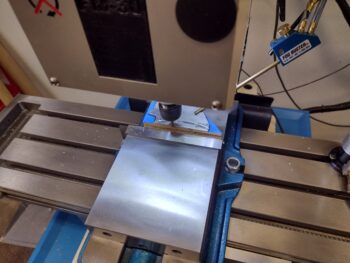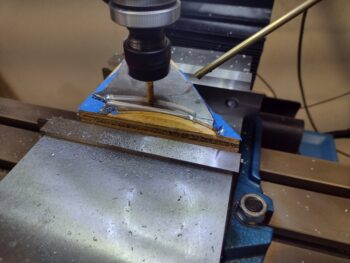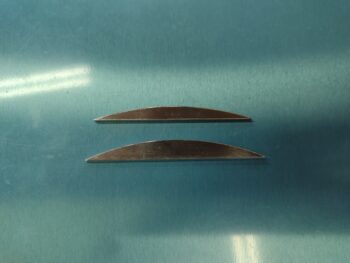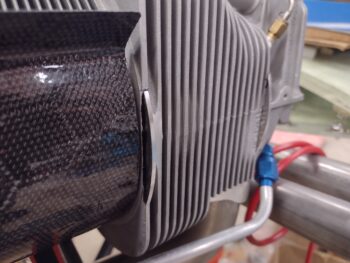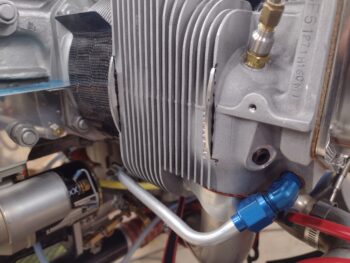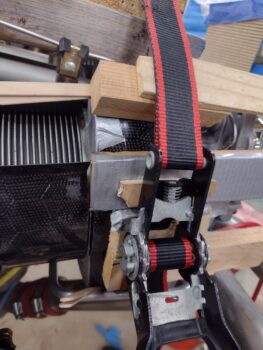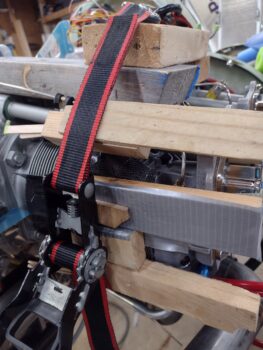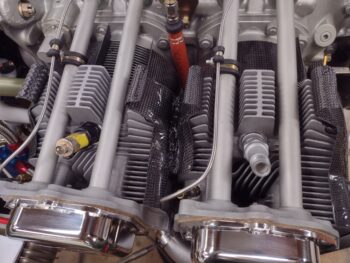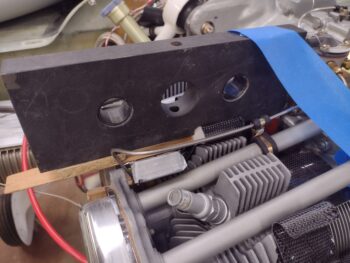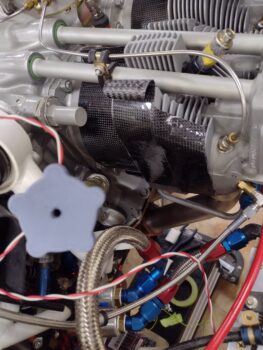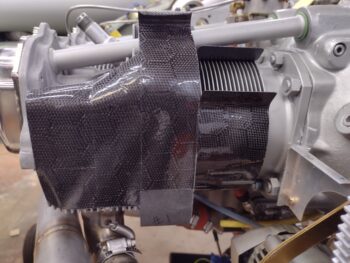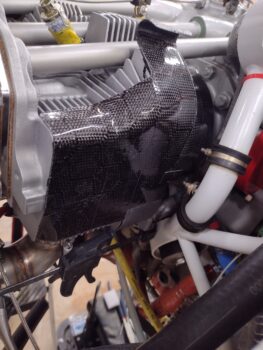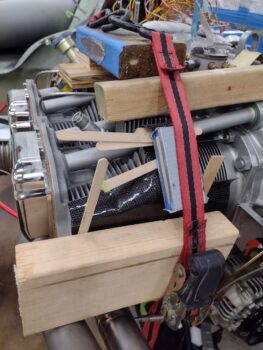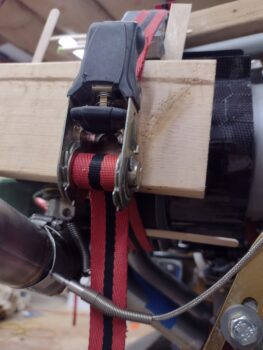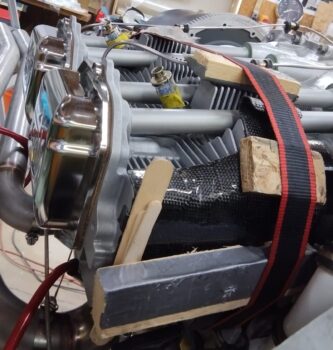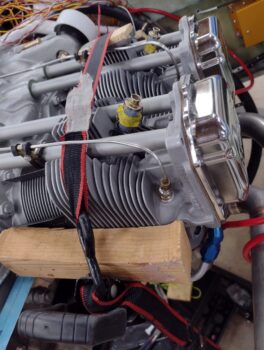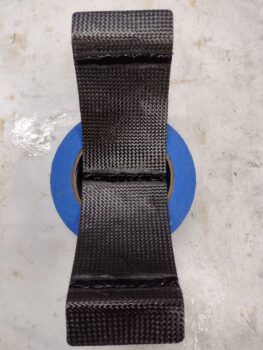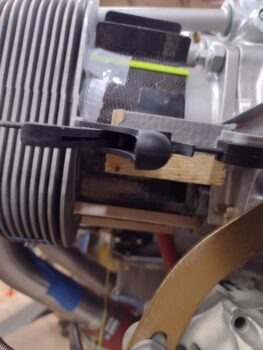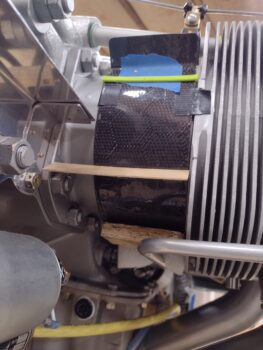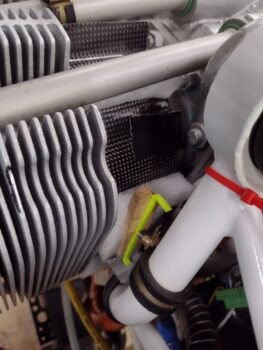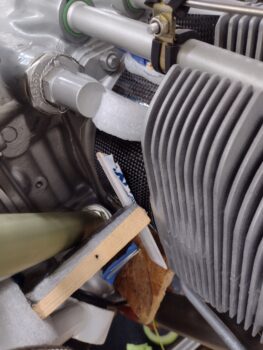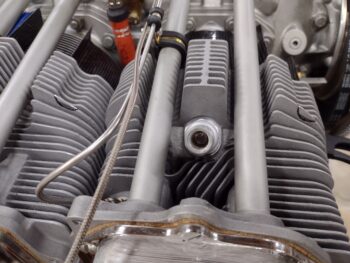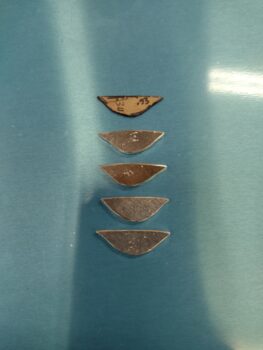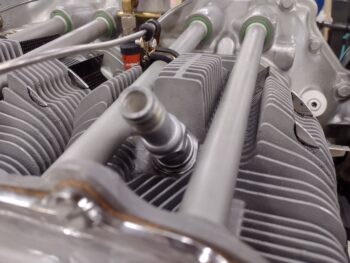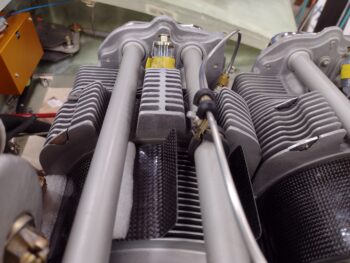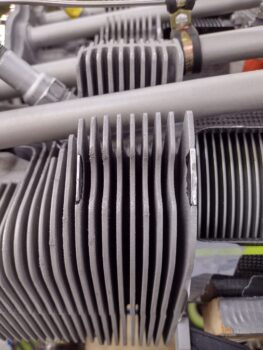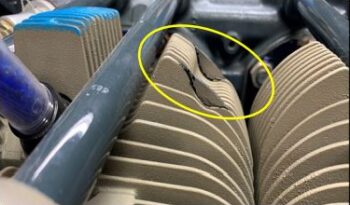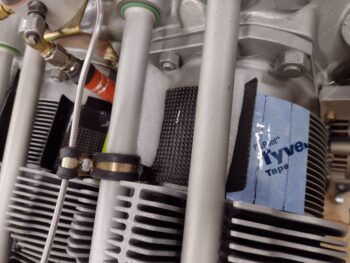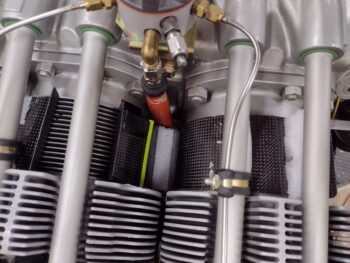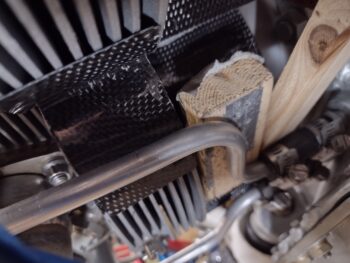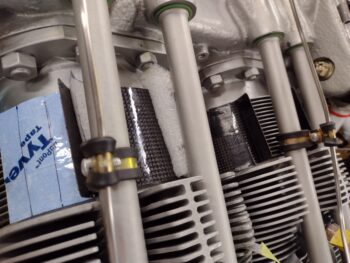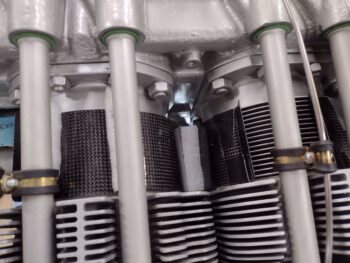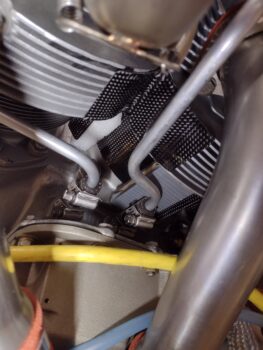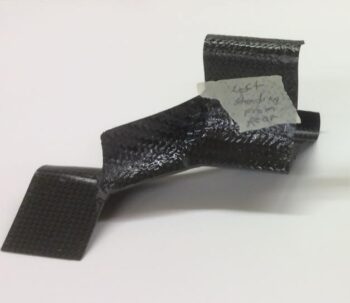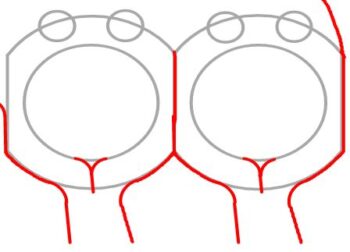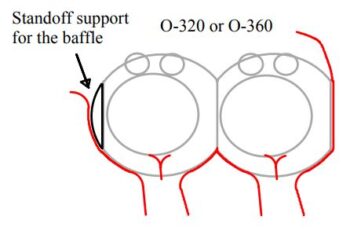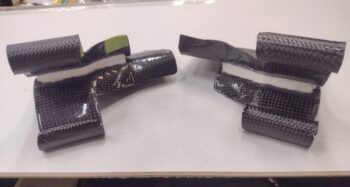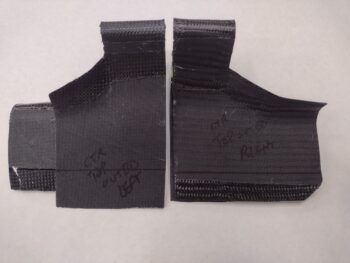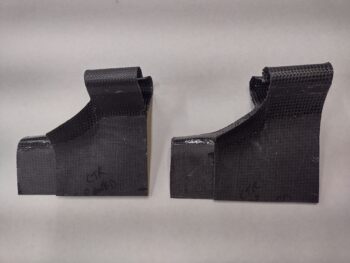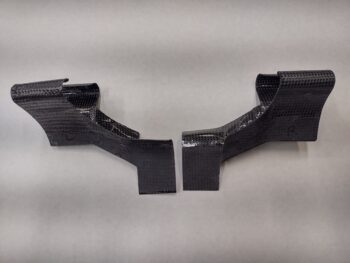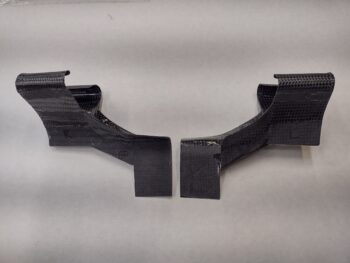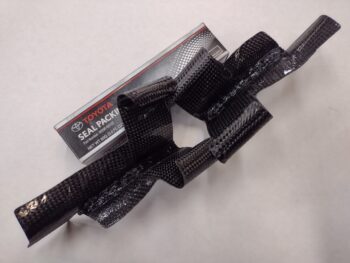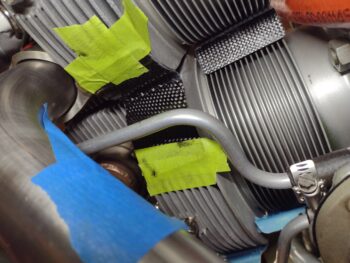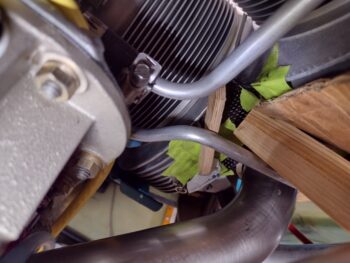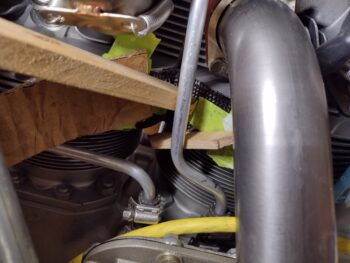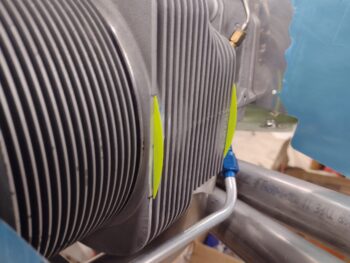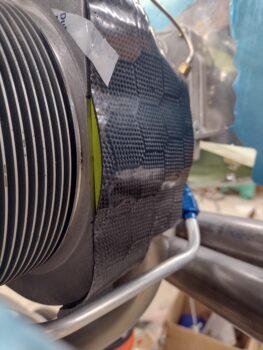I got a little bit done in the shop today as I’m getting ready to head out of town for Christmas and New Years. I’ll be gone over a week.
I started off by removing the weights, wood and wedges off of the right top outboard inter-cylinder baffles. That all came out pretty good.
I also grabbed some unhindered shots of the aft right baffle on cylinder #2… also not too bad!
In my “spare” time (usually later at night just before I hit the bed) I’ve been assessing my MGL clock in the upper left instrument panel corner as well as the Trutrak ADI, just to the right of the center EFIS. Mind you I’m not looking at changing anything before first flight other than knowing what requirements may lie ahead in doing any instrument swaps. I will want to modernize the TruTrak ADI spot to something that could give me a backup AI/PFD and an HSI tied directly to the GNS-480.
I discussed the uAvionix AV-30 a while back, which would be perfect… if it worked! Unfortunately it appears to need some major re-engineering to get some bugs out. Especially if it is to be used as an IFR backup instrument.
The Garmin GI 275 looks promising as well —albeit expensive!— but comes in 3 different major flavors, the cheapest being the CDI/MFD combo that would tie in very well to the GNS-480 and provide a back-up CDI, but not an HSI. Nor a PFD/AI.
After doing some hunting around on ACS and online, my first serious query was visiting my RV-driving cousins to see what they were up to in the world of back-up instruments… and found this little gem. Apparently there is an engineer over in Slovakia that has made a whole line of some impressive avionics, a company called Kanardia (isn’t that fitting!). This is their HORIS PFD.
Since I want a clock in the upper left corner of my panel (obviously since I have the MGL clock there currently) I could have the chrono function screen displaying as the standard screen and then flip over to the PFD/AI if I needed to bring that online as a backup.
Here we have the different function screens of the Kanardia HORIS PFD:
Again, I’m just spit-balling some ideas and brainstorming here, and honestly spending about as much time writing this up in this blog post as I did puttering about online finding out this info. My initial thought is that if I do happen to go the Garmin GI 275 route, then I would still want a capable AI displaying somewhere on my panel. It’s all about optimization and squeezing every drop of functionality into the small amount of panel space we are afforded in these Long-EZs.
On the Kanardia website they had 3D models of their stuff, so I simply downloaded the file for the 57mm (2-1/4″) HORIS PFD and spent a few minutes to kick off a 3D print (then headed out to the shop). It took 2 rounds of 3D printing to have the basic outer shell of the HORIS PFD. Here it is in comparison to the current MGL clock:
Note the MGL clock is made to either be mounted behind the instrument panel plate or on the front surface of the panel, as I have it configured on mine. Moreover, note the HORIS PFD does note have the cylindrical body and is essentially a cube.
Another comparison shot of the HORIS PFD (top) vs the MGL clock.
The HORIS is a couple of millimeters wider and taller than the MGL clock, and doesn’t have quite as big of a chamfer on the corners (note my pointer in the pic). One reason I surface mounted the MGL clock on the panel is due to the tight clearance on the front side of the panel with the slope of the nose. Thus, my concern for ANY future swap out of this 2-1/4″ instrument is the internal/front side panel clearance at this position. Clearly better to remedy this now with NO avionics currently in the panel rather than later on down the road with a fully populated panel.
In other news, I received the stainless steel M8-1.0 threaded bungs for the compression fitting EGT probes. These new bungs are much beefier than the 1/8-NPT I had picked up from McMaster-Carr, and weigh a good 1/2 ounce more… very noticeable when holding them in your hand.
Not only are the new threaded EGT bungs wider in diameter, but they’re a tad taller too. I plan to throw them on the lathe for some mandatory weight reduction!
Clearly the good news side of all this is that the EGT probe compression fitting threads mate up fine with these new bungs!
I’ll be heading off on my holiday adventures tomorrow morning, so I’ll be back with more build shenanigans and reports in about 10 days.
Merry Christmas and Happy New Year everyone!
